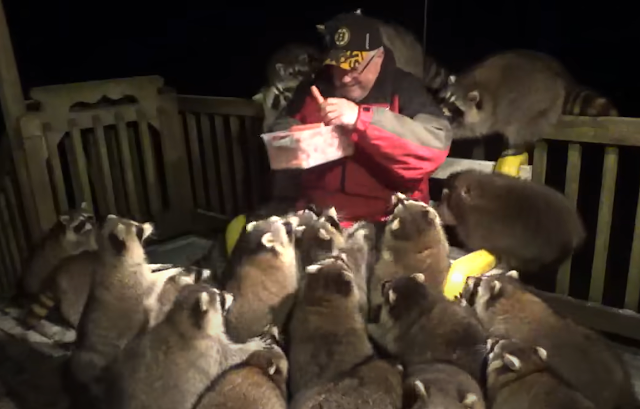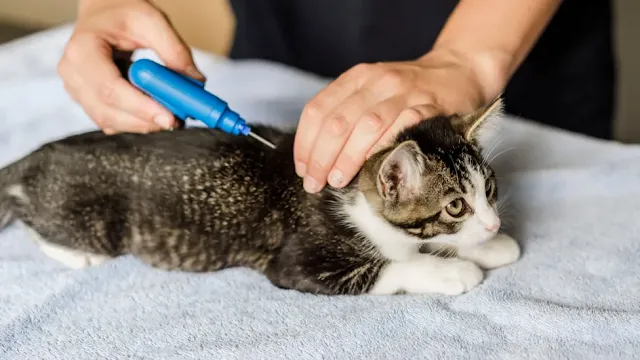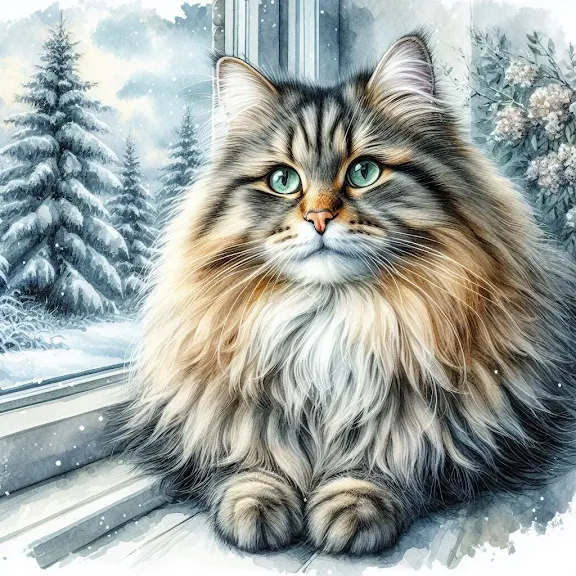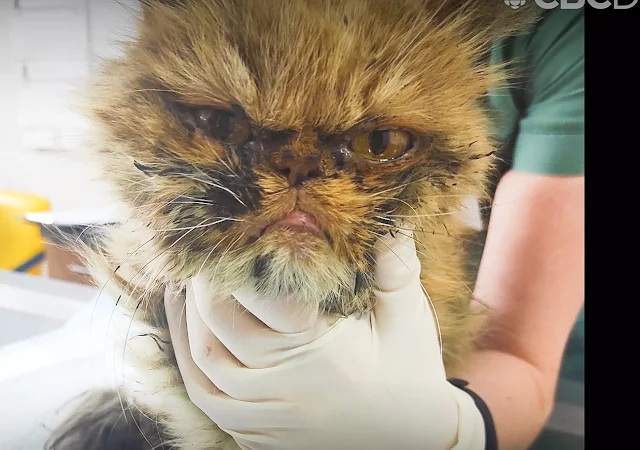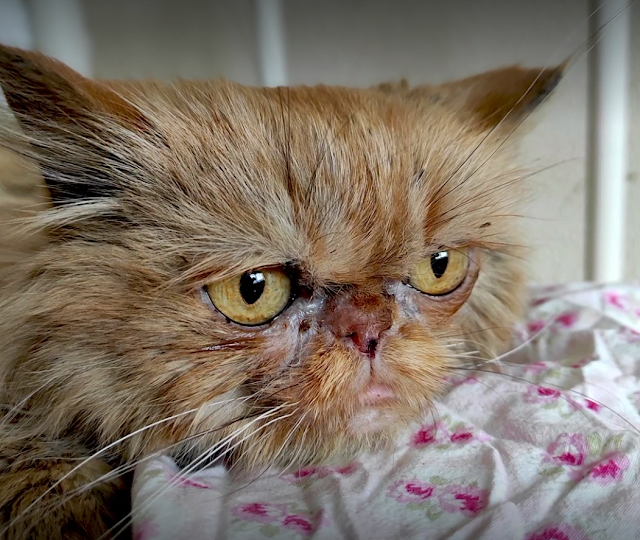 |
| Plant-based diet for dogs and cats would be transformative for the world. |
In the study titled “Vegan versus meat-based pet foods: Owner-reported palatability behaviours and implications for canine and feline welfare,” researchers investigated the palatability of vegan pet foods compared to conventional meat-based or raw meat diets for dogs and cats. Here are the key findings:
Importance of Palatability:
- Palatability was considered an important factor by pet guardians when choosing diets for their animals.
- Among respondents who fed conventional or raw meat diets, palatability ranked as one of the desired attributes.
Behavioural Indicators:
- For dogs on a raw meat diet, there were increased reports of appetitive behavior during meal times compared to dogs on a conventional diet.
- However, there was no consistent evidence of a difference in palatability between vegan diets and either conventional or raw meat diets.
Cat Behavior:
- Diet made little difference to food-oriented behavior in cats.
Overall Conclusion:
- Based on owner-reported behaviors, vegan pet foods are generally at least as palatable to dogs and cats as conventional meat or raw meat diets.
- Importantly, this palatability did not compromise their welfare, provided other welfare determinants (such as nutritional requirements) were adequately met.
In summary, vegan pet foods can be a viable option for pet owners, as long as they meet the necessary nutritional needs of their furry companions. You can find the full study here.
In another study the same lead scientist states that there would be great benefits for the planet if dogs and cats were fed on a balanced vegan diet. This is possible when carefully formulated even for cats. It is question of ensuring that all the nutrients are include. Plant protein is generally as good as animal protein as pet food and much better in terms of protecting the planet and curbing global warming.
Click on the link below to read an important study which affects us all.
Eureka! Vegan pet food saves planet Earth





